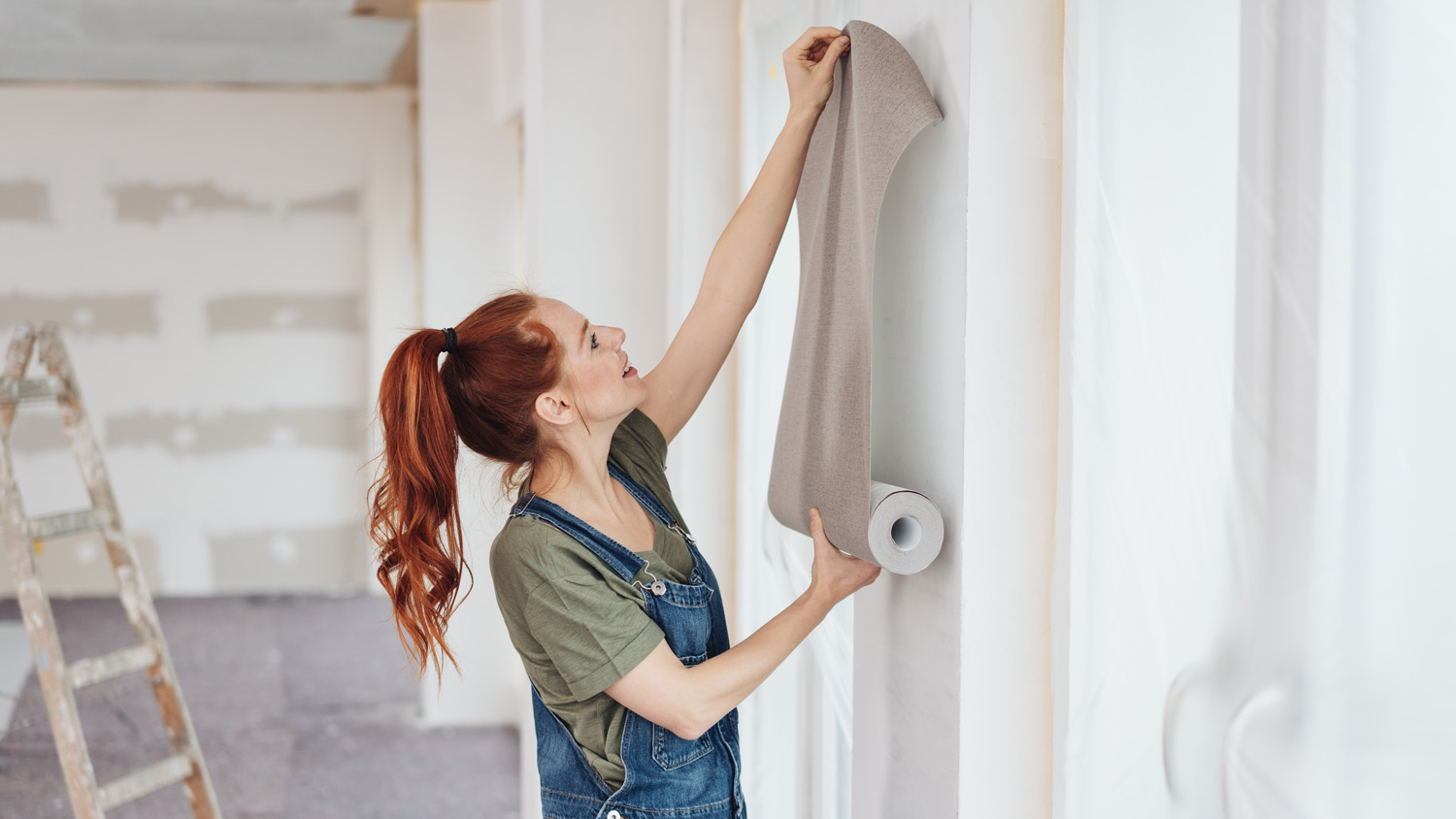
Discover wallpaper installation cost. Learn about material, labor, and project factors to estimate your budget and make informed choices for your home.
Peel-and-stick wallpaper may last a few years or hang around for over a decade


Thin, old, or budget peel-and-stick wallpaper lasts about three years.
Higher-quality, newer peel-and-stick wallpaper can stay up for seven years or more.
Peel-and-stick wallpaper won’t last as long in humid areas or those with extreme temperatures.
Install the wallpaper properly to maximize its lifespan.
When correctly applied, quality peel-and-stick wallpaper can last five to seven years or more. Peel-and-stick wallpaper will last the longest on smooth-textured, properly prepared walls and in areas without high humidity or temperature fluctuations. This renter-friendly solution is also a great option for homeowners who want to change the look of a room without the commitment and complicated installation of traditional wallpaper.
While you’re budgeting for a room refresh, you may want to consider the following add-on costs to get everything done at once and potentially save some money on the total.
Cost to remove wallpaper: $420 to $1,200
Cost to refinish floors: $1,100 to $2,700
Cost to replace light fixtures: $150 to $1,000
Cost to repair drywall: $300 to $920
Cost to replace windows: $3,400 to $11,800
Cost to paint an accent wall: $700 to $1,800
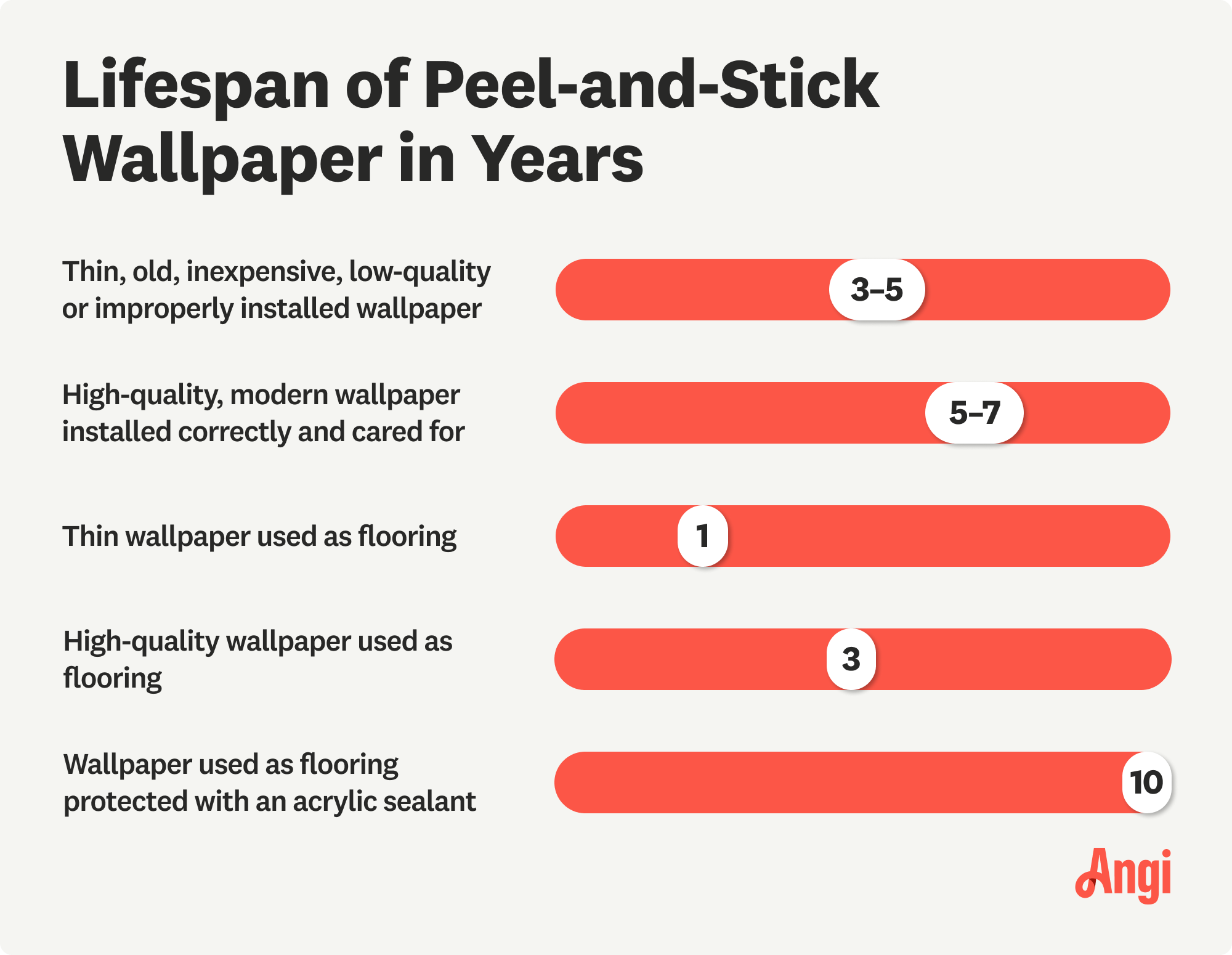
Your peel-and-stick wallpaper’s lifespan will vary based on the paper quality, whether or not it’s correctly applied, and where you’re installing it.
When it comes to peel-and-stick wallpaper, you get what you pay for. Budget wallpaper is thinner and has lower-quality adhesive, so it may only last one to three years before you need to replace it. Higher-quality wallpaper is thicker, more resistant to damage, and uses longer-lasting adhesive, so it’s likely to last much longer.
Wallpaper also works best in lower-traffic rooms that don’t get very much moisture. Rooms like kitchens and bathrooms are not ideal for wallpaper since those are considered high-moisture areas and can cause the paper to peel.
How you install your peel-and-stick wallpaper will affect how long it lasts. It’s important to properly prime before wallpaper installation to ensure good adhesion—poorly prepped walls will prevent the wallpaper from sticking well and will lead to peeling or bubbling.
Where your peel-and-stick wallpaper is installed can also affect its longevity. Wallpaper that’s installed in humid or damp spaces will peel faster than in dry areas, and rooms that have significant temperature fluctuations will wear out wallpaper quickly. Installing peel-and-stick wallpaper in spaces that get extended direct sunlight can not only cause fading but may also make the adhesive fail faster than expected.
How do you know when your peel-and-stick wallpaper is nearing the end of its lifespan? A few visible signs will clue you in that it’s time to replace it. Look out for:
Peeling at the seams or along the edges
Faded or discolored patterns
Splits or cracks in the paper
Crumbling or flaking paper
Bubbling between the wallpaper and the wall
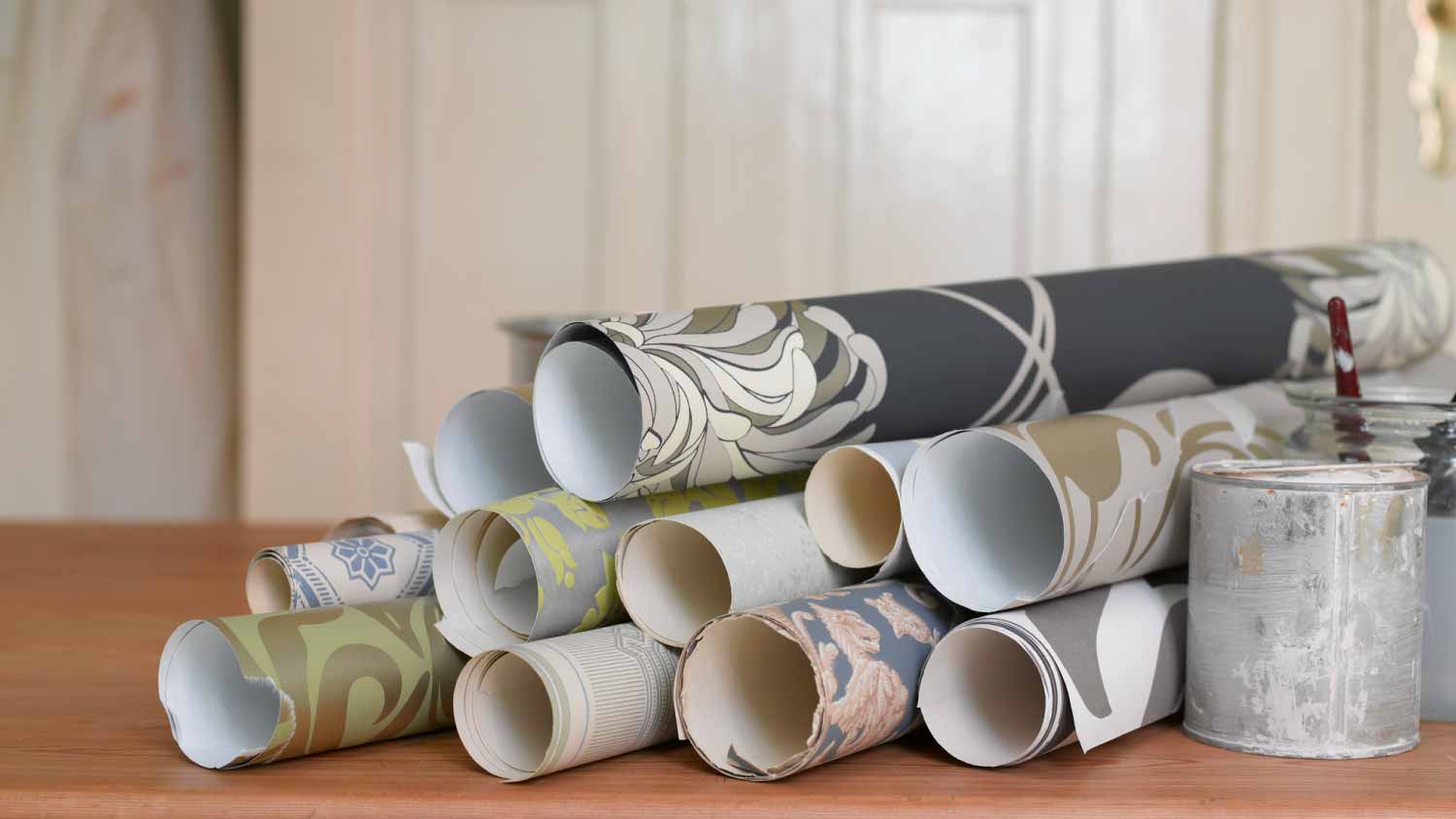
You can do many things to improve the lifespan of your peel-and-stick wallpaper. First, buy high-quality wallpaper from a reputable brand—wallpaper from a no-name brand may rip or fall off easily if it’s too thin or has poor adhesive.
Check the manufacturer's recommendations before purchasing peel-and-stick wallpaper, as some products are only designed to adhere to eggshell, satin, and semigloss paints. If you have the wrong type of paint, you may need to find a different peel-and-stick wallpaper or upgrade to traditional wallpaper instead. And if the installation process for regular wallpaper is too involved for you to DIY, consider working with a local wallpaper installer.
Some peel-and-stick wallpapers are designed to be moisture-resistant, meaning they are safe for kitchen and bathroom installation, while others are not.
Similarly, buying wallpaper labeled as “washable” is typically a good idea unless you’re installing it somewhere where it is unlikely to get dirty.
Always clean the walls according to the instructions before installing and allow the surface to dry completely—overnight if possible.
Some wallpaper companies will instruct you to overlap the paper, while others should be placed side by side. When installing, take the time to remove the bubbles from the wallpaper to increase its adhesion and improve its appearance.
Once your paper is installed, clean it according to manufacturer recommendations, usually with a mild dish soap and a soft sponge.
Beyond that, try to keep your home at a consistent temperature, which can help keep the wallpaper in place longer. Regularly fluctuating temperatures can weaken the wallpaper adhesive.
From average costs to expert advice, get all the answers you need to get your job done.

Discover wallpaper installation cost. Learn about material, labor, and project factors to estimate your budget and make informed choices for your home.
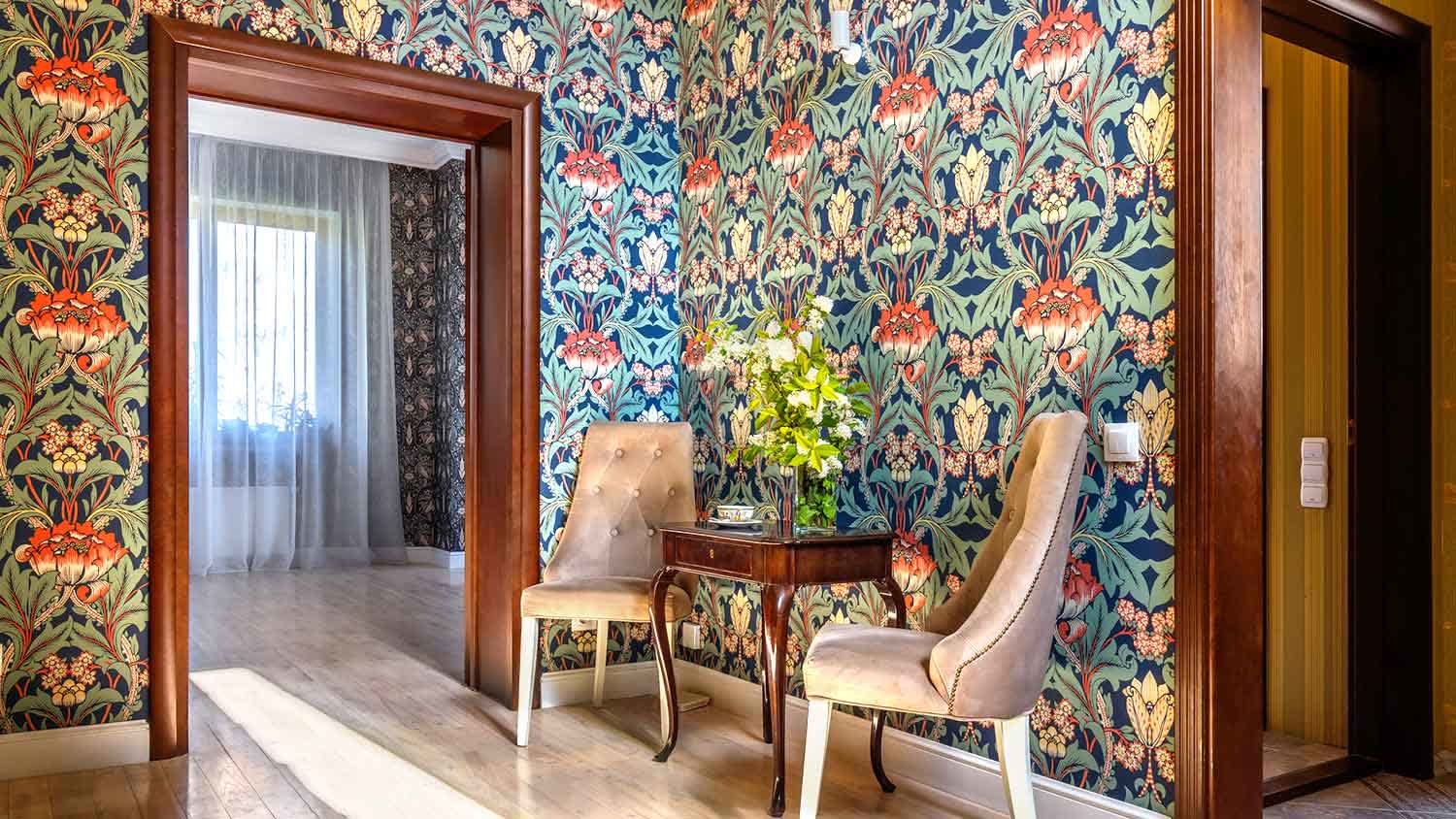
Do you have wood-paneled walls you'd like to conceal? If you're wondering if you can install wallpaper over paneling, the answer is yes. Find out how.
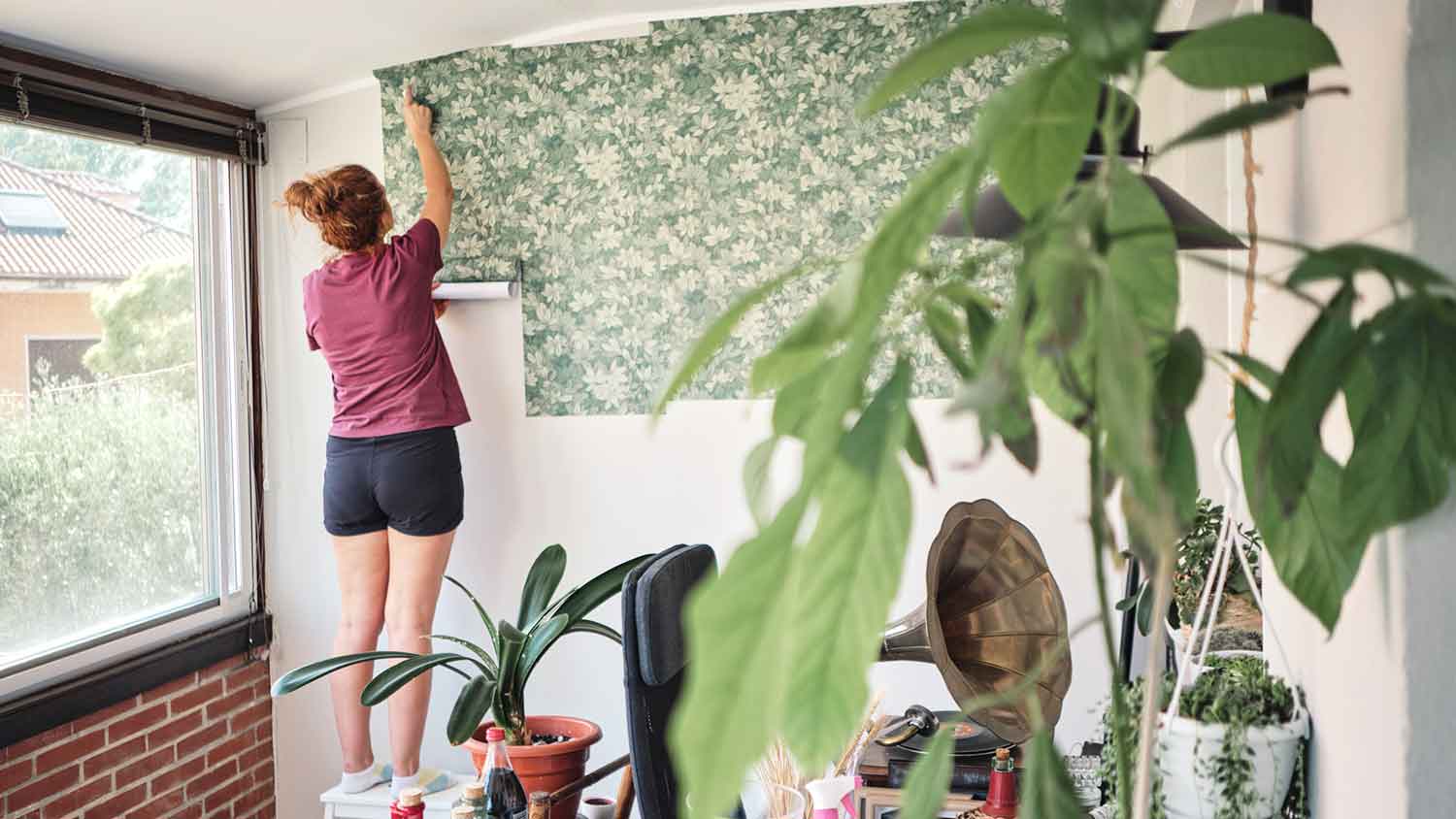
Is peel-and-stick wallpaper removable? Find out how to remove temporary wallpaper without causing damage to your walls.
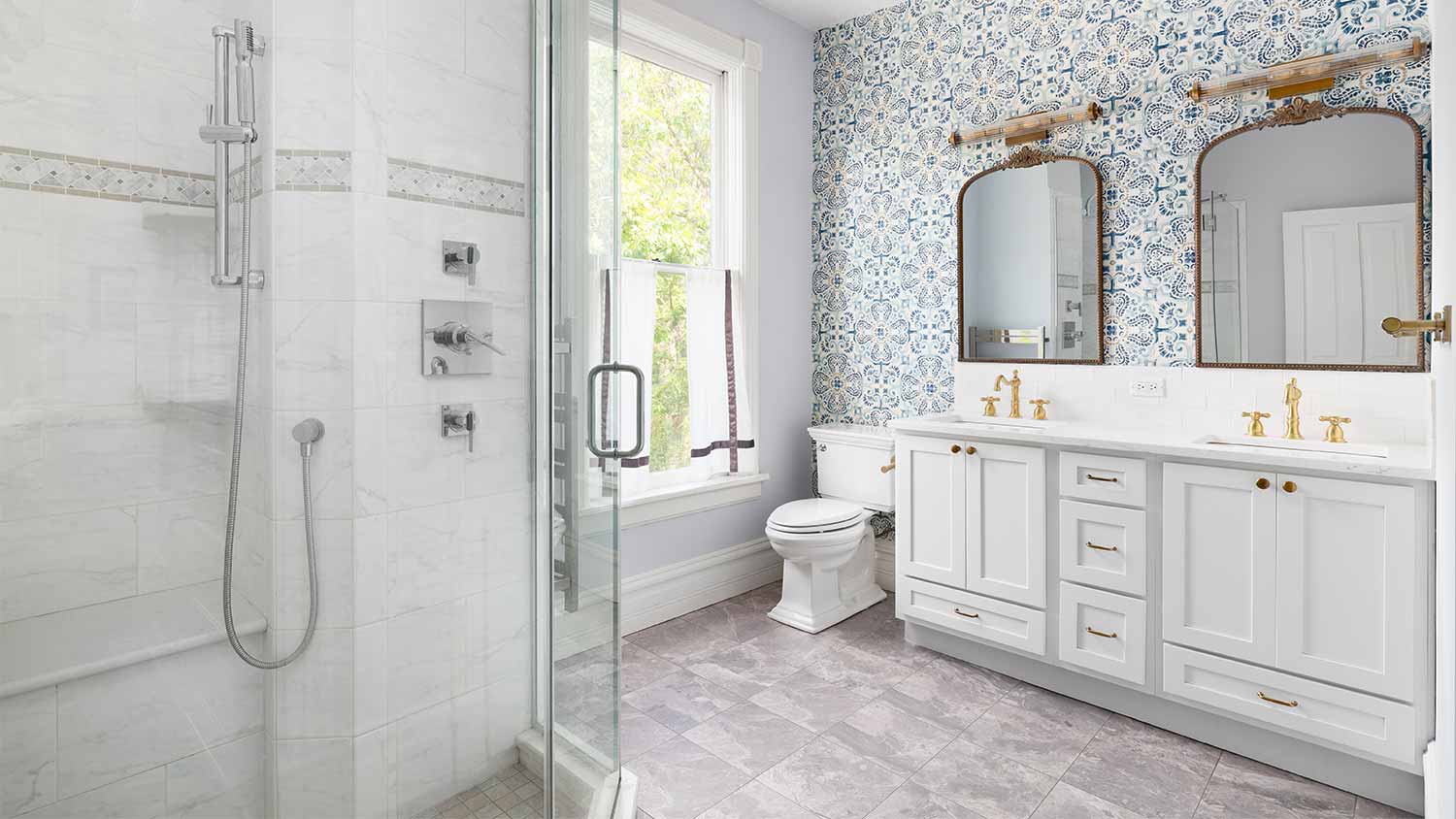
Is washable wallpaper suitable for bathrooms? Yes, but this only applies to certain types of wallpaper in specific situations. Here’s what you need to know.
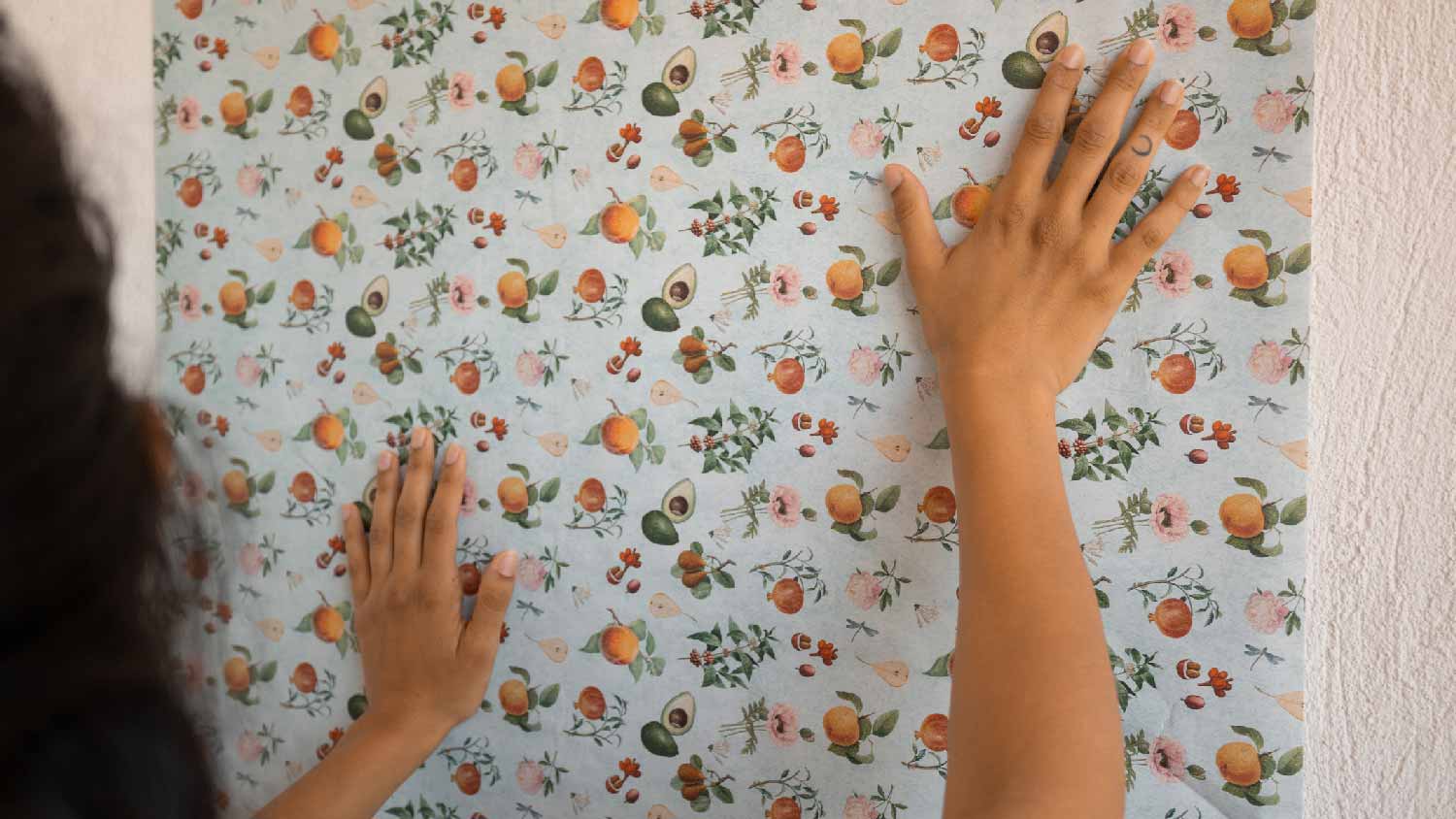
Can you put wallpaper on textured walls? You can, but you might not want to. If you do, here are some tips to stack the odds in your favor.

Struggling to choose between wallpaper versus paint for your interior space? Learn how these options compare and which is best for your next project.